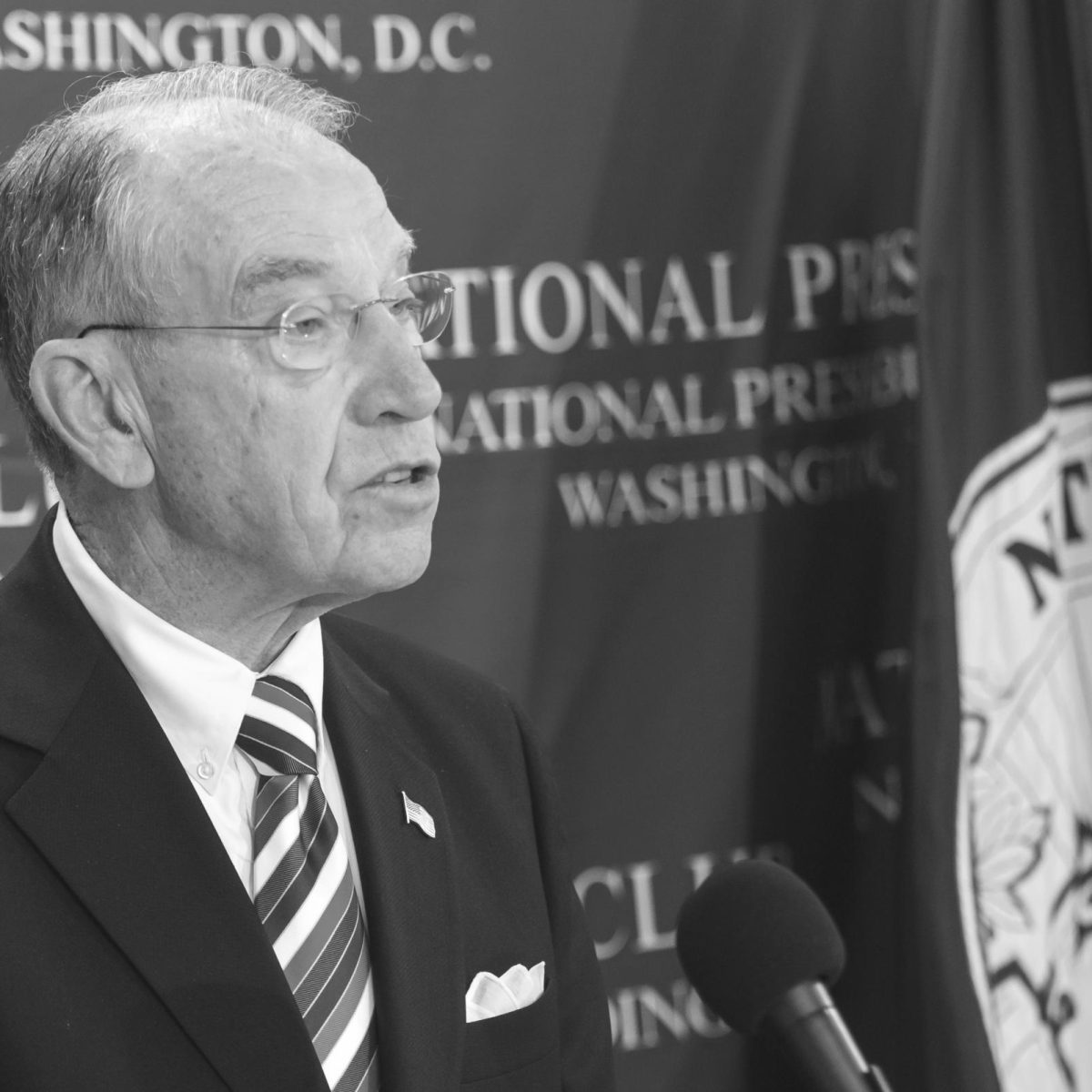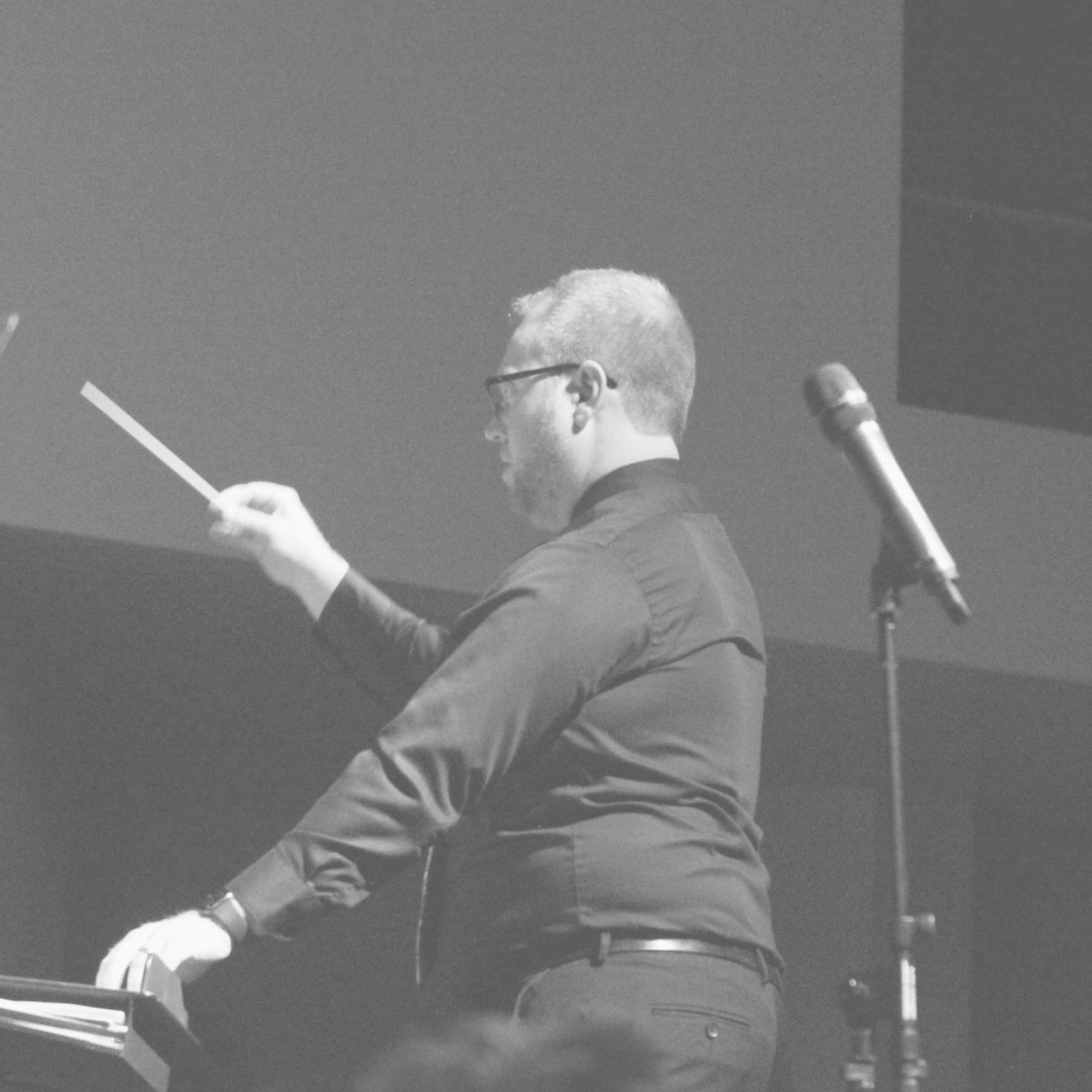Should schools have a block schedule?
The new block schedule here at TOHS marks the third year in a row that students have to deal with an abrupt change in their school schedule. However, this block schedule has been the largest deviation from the typical school schedule – and one that is a positive thing for our students and campus.
Under the traditional school schedule implemented last year, most students had to stay at school from either 7:30-2:30, or 8:30-3:30. That is almost as long as a full-time job. The new block schedule helps to shorten many students’ days, allowing them to stay at school from 8:30-2:20 every day. This gives students extra time to focus on work, schoolwork or spending time with friends, and it creates a better school-life balance for students.
“I am in favor of any bell schedule that supports teaching and learning,” TO Principal Dr. Eric Bergmann said. “Long ago, when I was a history teacher, I much preferred the block schedule. It gave me far more room to be creative when designing learning experiences.
Bergmann also cites improved attendance as a positive for the schedule switch.
“[The block schedule] has absolutely helped attendance,” Bergmann said. “Currently, TO absenteeism and tardies are down. I think teachers and students really like and appreciate the fact that we not only have fewer transitions in the day, but also the added 5 minutes in our passing time. It’s how the time in the block schedule is used that is the driving force [for student focus].”
It’s not just Dr. Bergmann and others on our campus who are in support of the block schedule format, the research backs it up too.
“With fewer courses per day, block scheduling allows for more time to explore each daily lesson and dive deeper into learning objectives,” said an article in Education Advanced. “As there are also less frequent interruptions, teachers can cover more material within the time block. This enables teachers more time to focus on student learning and provides invaluable one-on-one support as well as additional opportunities for students to be involved in active learning activities.”
Finally, Bergmann believes that the block schedule has been a positive factor for TOHS campus culture.
“My early observations and my conversations with teachers have shown that the majority of people on this campus like the block schedule,” he said. “I’d say the block schedule has had a positive impact on campus culture. But…there are some teachers who are still adapting their teaching styles and lessons to a block period. It’s a massive change and requires a shift in mindset. Big changes in schools always take time to be fully embraced by everyone affected, but I have no doubt that we are well on our way to doing that.”
Overall, the new block schedule seems to be viewed as a generally positive change by many people, both staff and students, on the TOHS campus.
The newest block schedule that is now set at T.O. for the next three years is a complete outrage.
This new bell schedule hurts students, and this is especially true for freshmen like me who have come from a different school with a different schedule. From what I have found, my classmates say that block schedules are moving classes too fast. With fewer days for each subject, it is going to feel sped up, and I’ve had people tell me they find it difficult to keep up with the classes.
If schools shift to an A/B block schedule, then a student’s schedule is changing on a daily basis, and “this causes a loss in continuity for their learning, as they are only going to revisit the same subject after a day’s delay,” according to an article from the University of People.
Having longer class periods is detrimental to students’ learning experiences because they can’t pay attention long enough to understand and process all of the material presented in one lesson.” Students silently suffer through the blocked class periods that seemingly stretch on forever.” said Delaney Ulrich with Los Alamos high’s the Los Alamos reporter.
“Proponents of block scheduling cite active learning as the key to keeping students engaged and learning during longer periods,” wrote Education World in a 1997 article entitled, “Block Scheduling: A Solution or a Problem?” “But, even with a block-scheduling format, critics say, many teachers continue simply to lecture students rather than engaging them in active learning. Block scheduling in itself is no guarantee of active learning. And if active learning doesn’t take place during, for example, a 90-minute class period, students may have trouble paying attention for the entire class.”
In a study by Delaney Urlich that was conducted in 2010, students were asked to press a button on a clicker whenever they caught themselves losing focus. The study revealed that a pattern show the longer a class period stretches, the more often students tend to lose focus, until they zone out about every two minutes.
Having longer class periods is actually detrimental to students’ learning experiences because they simply cannot pay attention long enough to understand and process all of the material presented in one lesson. Students silently suffer through the blocked class periods that seemingly stretch on forever.
A shorter class period would cater to the short attention span of students’ because, as a student myself, I can say it is a lot more manageable to stay focused in a 50-minute class, as opposed to our other classes that are blocked.
There are positives, of course. Previously, students had a five-minute warning before class, causing many students to be late for class, ultimately affecting their grades. This year we have a 10-minute bell warning.
But, overall, our new block schedule creates more problems than solutions.
This needs to change back. And soon.
Your donation will support the student journalists of Thousand Oaks High School. Your contribution will allow us to purchase equipment and cover our annual website hosting costs.



